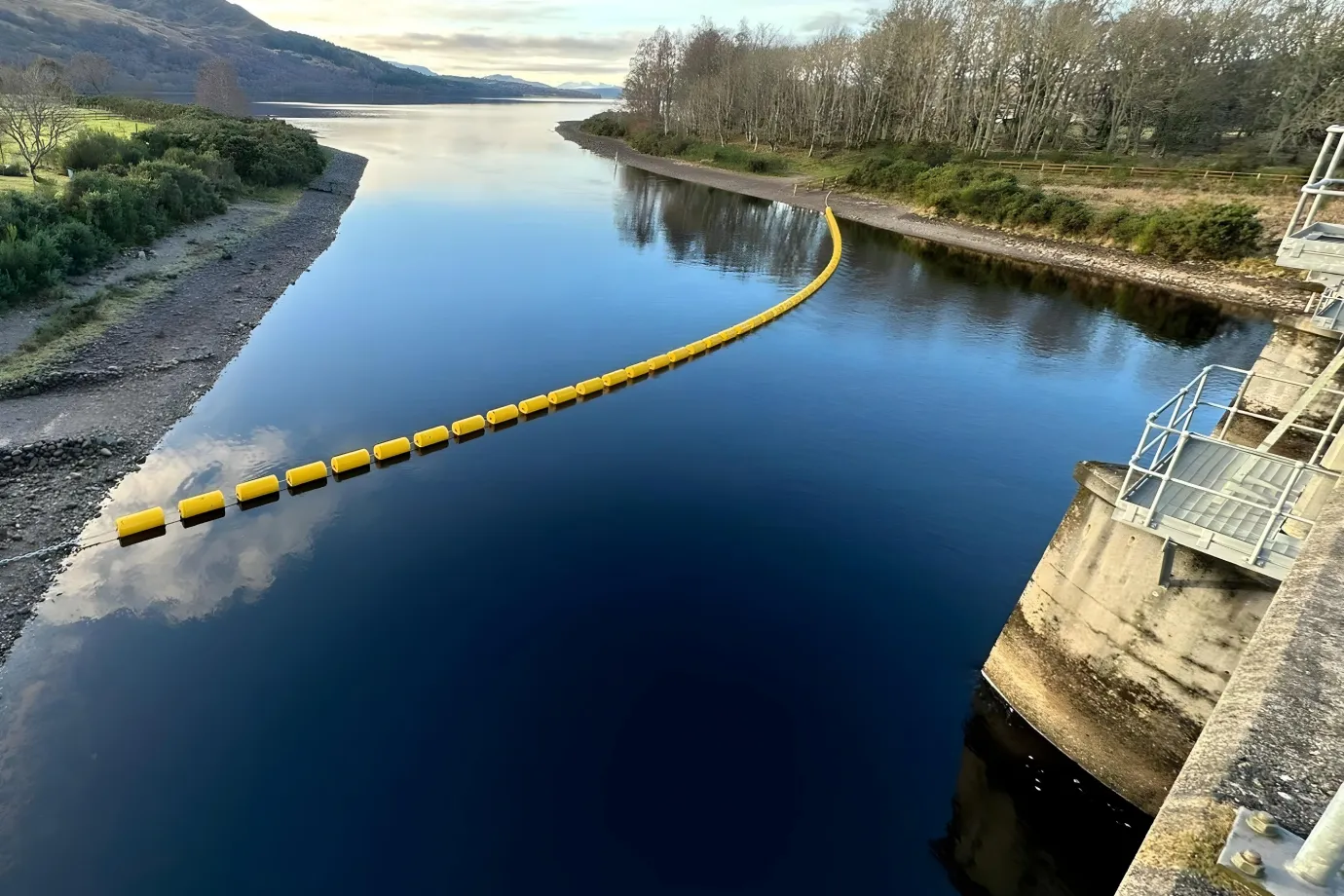There are several ways to raise the railroad’s performance, capacity, dependability, speed, and safety. railway Big Data is one of the newest solutions that can improve these factors, but it can be challenging to accomplish. The railways in North America are attempting to collect big data with the help of advanced infrastructures and determine the best methods to use this data in various parts of railroad architecture.
Currently, railways get a massive amount of data from multiple sources, including GPS, E-commerce, video inspections, handheld field tables, and more. Additionally, the data is becoming more exact and structured while increasing in number and quality. Spreadsheets cannot handle large amounts of data using traditional methods. Big data is already being utilized in a few aspects, such as enhancing operations in many ways, reducing pollutants, speeding up shipments, and minimizing train derailments.
In this article, we will specifically discuss applications, structure, and big data challenges in the railway industry.
What is Big Data?

Big data refers to data collections that are too massive or complicated for typical data-processing application software to handle. The statistical power of data with a large number of fields (rows) is higher, but data with more complexity can have a higher rate of false discoveries. In railway big data analysis, many issues must be addressed, including capturing data, storing, analyzing, searching, sharing, transferring, visualizing, querying, updating, tracking, and protecting information. Volume, variety, and velocity are the three key concepts associated with big data.
Big data is divided into several categories, which include:
1- Micro-data
2- Meso-data
3- Macro-data
What are the applications of railway big data?

Today, with the emergence of machine learning and artificial intelligence, railway big data is used in various industries, including the railway industry. Railway big data has several applications in this industry, and many of the leading companies in this field are utilizing it to improve performance and more.
For example, applications of Railway Big Data in rail transportation are from urban planning to automated data processing. The data consists of geographical and demographic information, complicated signaling and train dispatching systems, communication and train tracking systems, and ticketing information. Several United States agencies use Big Data Analytics for analyzing train arrivals and departures, monitoring passenger flows based on tickets and predicting service schedules.
East Asian countries also develop advanced sensors to monitor and control railway infrastructure by providing a platform for generating expansive amounts of data. As a result, processing, storing, streaming, and visualizing data and information will become more efficient.
Various large companies worldwide are using big data to improve the railway industry’s performance in construction, railway maintenance, and passenger movement. The infographic below shows the essential applications of big data in the transportation and railway industry.
See also: “Predictive Maintenance in Railway“
Big data structure and stages in railways
Railway Big data has a multidimensional structure and is usually measured by the factors in the table below:

Many articles and sources categorize the process of using big data in the railway industry into several stages, from the beginning to the end. In general, the process of using big data in any industry has five stages:

Big Data challenges in the railway industry
Although the use of railway big data in the transportation industry is increasing, some problems and challenges seriously affect governmental and private railway companies. Below, we mention some of these challenges:
1- Diversity: The majority of the information gathered, particularly during track monitoring, is not homogenous, including data on rail defects, geometry, and tonnage. The challenge in this instance is creating an algorithm to convert the data to pursue the appropriate interactive analysis, such as interactions between rail and geometrical defects.
2- Instability: Most of the collected data has uncertainty, errors, and missing values. Collecting data from different locations to build a generalized view of track conditions in a part of the network is another challenge altogether. Since data is collected from different databases, it may be inconsistent and incomplete.
3- Blending data: In railroading, Big Data is not just about large databases but also about combining different databases to extract information. To resolve this issue, a systematic algorithm must be developed and standardized.
4—Privacy: Using electronic tickets and, thus, electronic information to improve services may raise privacy issues. An individual’s personal transit ride data may be linked to both finances and health information. Limited research has addressed privacy issues, but no research has been done regarding passenger information.
The above challenges are only a limited number of problems faced by companies. There are many other challenges that you can find in published articles.
Conclusion
With the expansion of the railway and transportation industry around the world, especially in North America, the use of railway railway big data by governmental and private railway companies to improve performance in urban planning, maintenance, construction, and more is increasing. There are advantages and challenges associated with big data, however. This article discussed Big Data issues in general.




